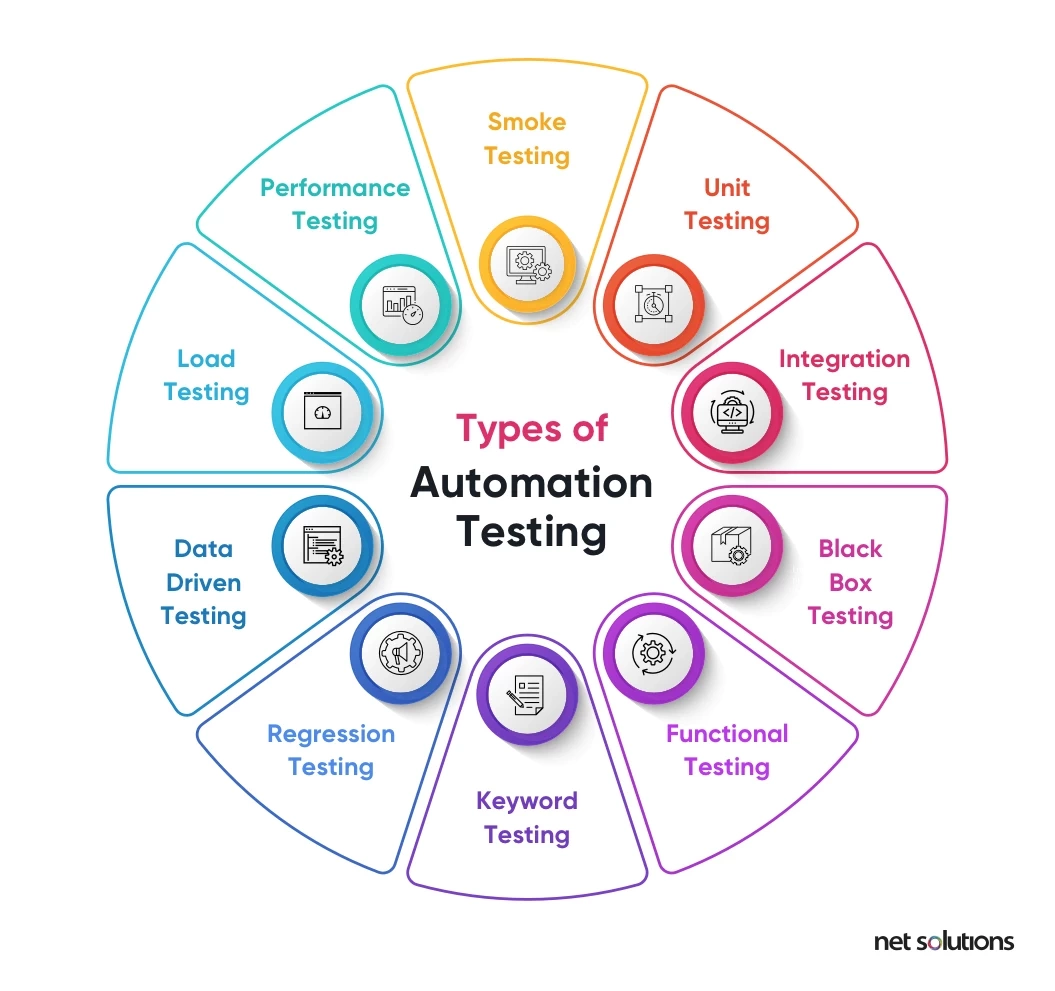Automation Testing Structures: Streamlining Complicated Testing Situations
Automation Testing Structures: Streamlining Complicated Testing Situations
Blog Article
Guaranteeing Success in Automation Checking: Key Metrics, Difficulties, and Solutions Every QA Team Ought To Know
In the world of software quality guarantee, the landscape of automation testing is ever-evolving, demanding a precise strategy to make certain seamless procedures. The trip to understanding automation testing is paved with nuances that require an eager eye for surveillance, analysis, and continuous improvement. As the sector propels ahead, the quest for optimal performance in automation screening continues to be a continuous quest, urging QA groups to furnish themselves with the knowledge and strategies vital for triumph.
Significance of Trick Metrics
Understanding the value of crucial metrics is important for assessing the performance and effectiveness of automation testing procedures. Key metrics act as measurable measures that provide important understandings right into different elements of the screening procedure, such as examination coverage, test implementation time, issue density, and test situation efficiency. By assessing these metrics, QA groups can determine bottlenecks, ineffectiveness, and locations for enhancement within their automation testing framework.
One critical aspect of key metrics is their capacity to track progression and check the overall wellness of the testing procedure (automation testing). They make it possible for stakeholders to make enlightened decisions based on data-driven understandings, which can result in much more effective screening methods and better source allocation. Furthermore, essential metrics can help groups established sensible goals, determine the success of automation efforts, and show the ROI of automation screening efforts

Usual Difficulties Dealt With
Obstacles generally encountered in automation testing procedures can considerably impact the total performance and effectiveness of QA groups. Among the significant difficulties is the selection of the ideal test instances for automation. Not all test situations appropriate for automation, and picking the incorrect ones can result in thrown away time and resources. In addition, maintaining test scripts can be a daunting task, particularly as the application undergoes frequent modifications. Test script maintenance calls for continuous updates and alterations to ensure they show the present functionality accurately. One more common obstacle is the first investment needed for establishing up automation structures and tools. This can be an obstacle for some companies, especially smaller sized ones with limited spending plans. Automation screening may not cover all elements of testing, such as functionality and individual experience testing, which still need manual intervention. Overcoming these obstacles requires proper planning, calculated test situation selection, durable maintenance procedures, adequate resources, and a clear understanding of the limitations of automation testing.
Reliable Solutions for Obstacles
To address the obstacles run into in automation screening, implementing efficient options is essential for boosting the effectiveness and performance of QA groups. One key solution is to spend in durable training programs for QA teams to ensure they have the essential abilities to successfully make use of automation tools. Training can bridge knowledge voids, boost understanding of automation frameworks, and boost scripting abilities, eventually bring about much more reliable examination production and execution.
An additional important remedy is to develop clear communication networks within the QA group and with other stakeholders, such as developers and project supervisors. Reliable interaction aids in lining up assumptions, sharing progression updates, and promptly addressing issues or obstructions that might develop throughout the automation screening procedure.

Monitoring and Evaluation Methods
Applying efficient tracking and evaluation techniques is critical for making sure the success and performance of automation screening processes. In addition, assessing test outcomes and metrics offers beneficial understandings into the top quality of the software browse around this web-site application being checked and the efficiency of the testing approach.
One key technique in tracking and evaluation is making use of control panels that combine relevant metrics and KPIs in a visually obtainable style. These dashboards use a thorough introduction of examination implementation status, examination coverage, problem trends, and various other vital details. Routinely assessing and assessing these dashboards can aid QA teams make notified decisions, prioritize jobs, and enhance screening initiatives.
Moreover, applying automated informs and notifications based upon predefined limits can improve proactive tracking and timely intervention. By establishing signals for efficiency variances or examination failings, groups can deal with concerns without delay and prevent them from rising. In general, tracking and analysis methods play an essential role in making sure the performance and success of automation screening campaigns.
Continual Renovation Techniques
Enhancing the effectiveness of automation screening processes demands the constant refinement of strategies and approaches. One essential approach to improving automation screening processes is to carry out routine reviews and retrospectives.

Conclusion
In final thought, it is critical for QA groups to understand the essential metrics, challenges, and options in automation testing to make sure success. By thoroughly monitoring and analyzing data, implementing reliable remedies to typical difficulties, and continuously improving methods, QA teams can enhance their screening procedures and deliver high-quality software items. Following these techniques will ultimately lead to much more effective and effective automation screening practices.
By evaluating these metrics, QA teams can identify bottlenecks, inefficiencies, and locations for renovation within their automation testing framework.
Furthermore, crucial metrics can aid teams set realistic objectives, determine the success of automation campaigns, and demonstrate the ROI of automation anchor screening efforts.
Obstacles frequently experienced in automation testing processes can considerably impact the overall performance and performance of QA teams. Automation testing may not cover all elements of testing, such as use and useful site customer experience testing, which still require hand-operated treatment.In verdict, it is critical for QA teams to comprehend the vital metrics, challenges, and remedies in automation testing to make sure success.
Report this page